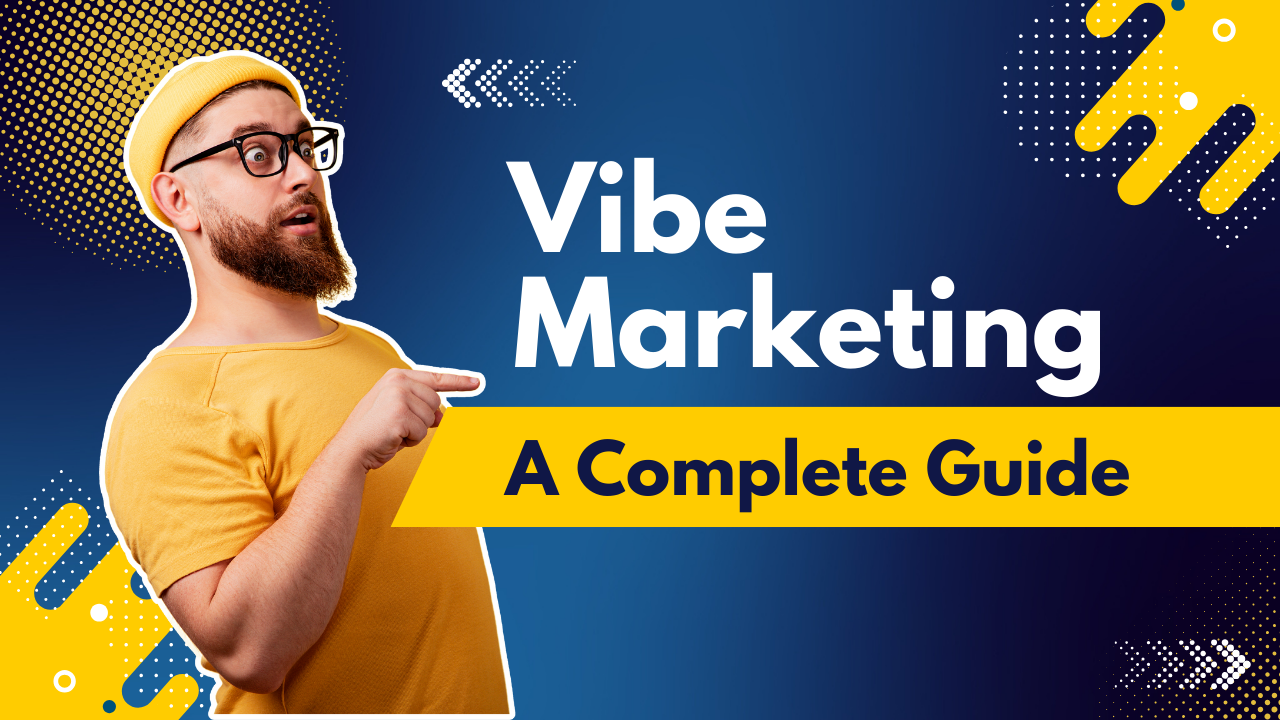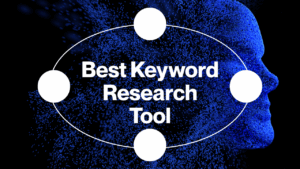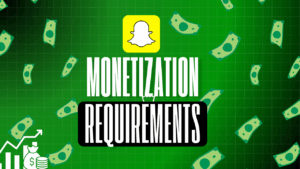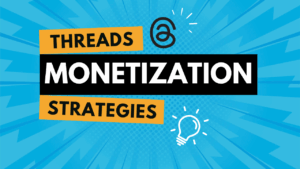Marketing is evolving at lightning speed, and staying ahead means adopting innovative approaches. One of these emerging methods is Vibe Marketing, which puts emotional resonance at the forefront, helping brands forge genuine connections with their audiences.
But what exactly is vibe marketing? How does it differ from traditional marketing? And how can you implement it in your business to gain a competitive edge?
This guide will break down vibe marketing, its key principles, and how you can harness its power to create campaigns that make an impact.
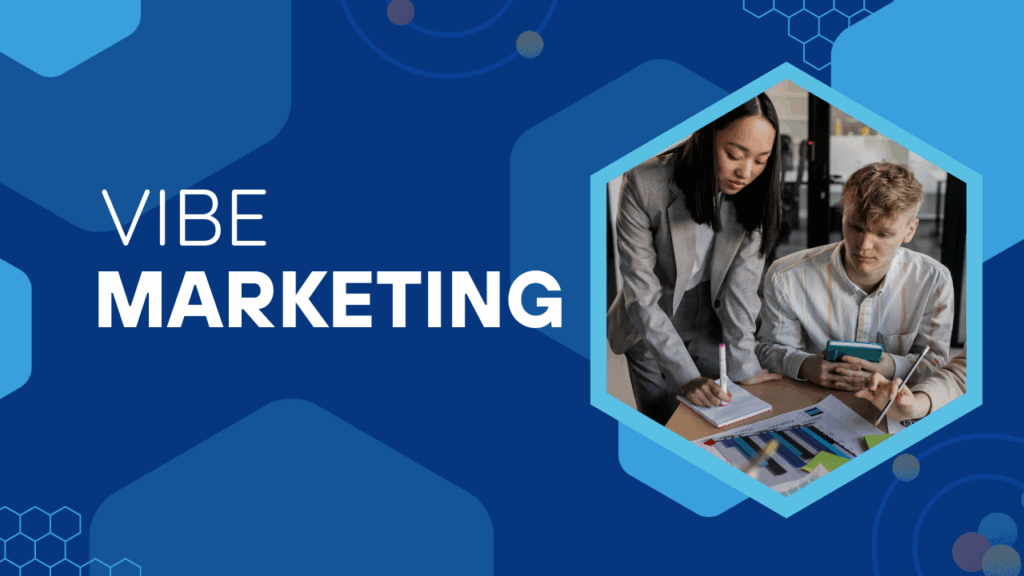
What is Vibe Marketing?
Vibe marketing is about creating emotional connections with your audience. It goes beyond simply promoting products or services—instead, it focuses on building a brand experience that people can feel and identify with.
Imagine a brand that doesn’t just sell coffee but creates a feeling of warmth, productivity, and inspiration every time you walk into its store or scroll through its Instagram feed. That’s vibe marketing in action.
Unlike traditional marketing, where the primary focus is driving sales through logic and product benefits, vibe marketing taps into the moods, emotions, and desires of audiences, making them feel more engaged and connected to the brand.
The Big Shift
Traditional marketing often prioritizes metrics and conversions over customer emotions. With vibe marketing, it’s the opposite. It leverages AI and automation to reduce time spent on execution while placing heavy emphasis on storytelling, experience, and authenticity to create memorable impressions.
Key Components of Vibe Marketing
Implementing vibe marketing requires some key elements. Here’s what sets your campaigns apart when you start vibing right:
1. AI Tools
AI plays a pivotal role in vibe marketing, enabling marketers to create personalized, mood-centered campaigns faster than before. AI tools can help you:
- Create AI avatar videos or Faceless videos for social media
- Test ad variations across multiple channels in seconds.
- Generate creative content such as visuals or text based on audience preferences.
- Analyze customer sentiment for crafting messages that resonate emotionally.
For example, tools like Jasper or Digital First AI offer content automation with emotional intelligence, helping you craft messages designed to trigger specific feelings in your audience.
2. Automation for Efficiency
Automation reduces repetitive manual tasks, freeing up marketers to focus on the creative and strategic aspects of campaigns.
- Automated tools handle tasks like social media scheduling, email campaigns, and audience segmentation, ensuring every interaction aligns with the brand’s intended vibe.
- Workflows can now function both smarter and faster. Instead of requiring multiple specialists, automation allows lean teams to accomplish more.
3. Custom, No-Code Solutions
You don’t need to be a software engineer to implement vibe marketing effectively. No-code platforms enable marketers to create custom automation and systems tailored to their needs.
Want to schedule personalized content across platforms? Or build a funnel to capture audience sentiment? No-code tools like Zapier or FloDesk make it simple.
Vibe Marketing vs. Traditional Marketing
Understanding how vibe marketing contrasts with traditional marketing can help you see why it’s rapidly gaining traction.
| Aspect | Traditional Marketing | Vibe Marketing |
| Time to Launch | Weeks to months | Hours to days |
| Team Size | Large, specialized teams | Small, AI-driven teams |
| Cost | High production costs | Reduced costs with AI automation |
| Creative Process | Manual and time-intensive | AI-assisted, scalable, and accelerated |
| Engagement Focus | Generic messaging with broad appeal | Tailored, emotion-based content |
| Decision Making | Slow, following hierarchical approval chains | Fast, driven by real-time AI insights |
Businesses adopting vibe marketing see faster execution, deeper emotional connections, and more efficient use of resources compared to traditional methods.
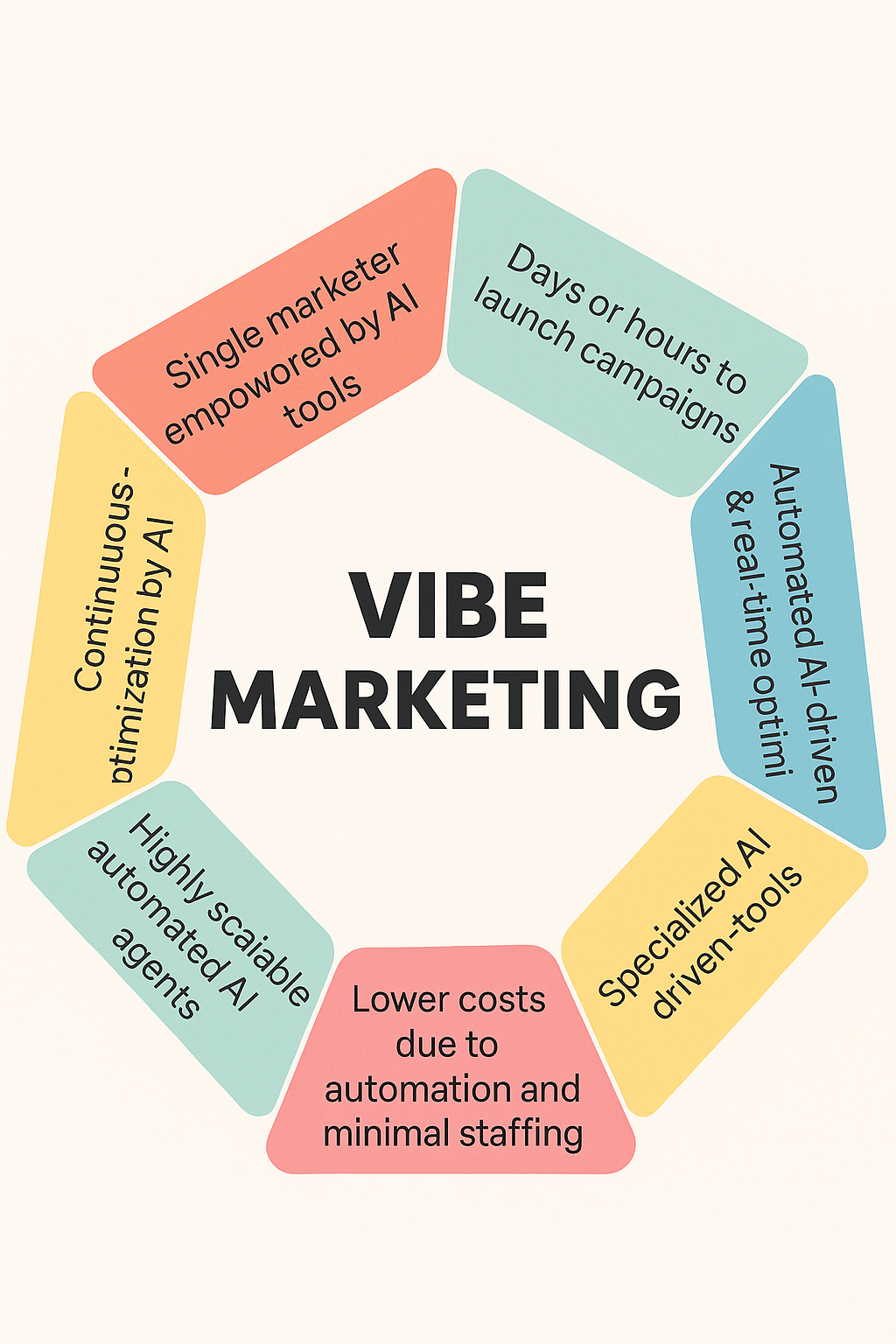
Examples of Vibe Marketing in Action
How does vibe marketing work in the real world? Here are examples of major brands successfully using it to their advantage:
1. Coca-Cola’s “Share a Coke” Campaign
The campaign replaced the iconic Coca-Cola logo with popular names, encouraging customers to find their own “personalized” bottles.
- Vibe: Nostalgia and personalization.
- Impact: Deep personal resonance led to a sales increase of over 7% in the U.S.

2. Spotify’s AI DJ
Using AI to curate playlists with personalized commentary, Spotify creates a vibe that resonates with individual users.
- Vibe: Data-driven nostalgia and personalization.
- Impact: Users spent 40% more time engaging with playlists, boosting loyalty.
3. Heinz’s “AI Ketchup” Experiment
Heinz ran a campaign where they used AI to generate images of “ketchup” bottles. Most of the images resembled Heinz’s iconic design.
- Vibe: Playfulness and brand recognition.
- Impact: 15 million organic impressions and increased brand equity.
These brands leveraged emotional storytelling and creative technology to create campaigns so engaging that they became a part of their audience’s lives.
Practical Steps to Implement Vibe Marketing
1. Use AI to Craft Content
AI tools can write content, generate visuals, and even provide audience insights. For instance:
- Use AI copywriting tools like Jasper for creating emotion-driven headlines.
- Test multiple variations to see what resonates most deeply with specific segments of your audience.
2. Focus on Mood and Experience
Tailor marketing campaigns to focus less on features and more on the feelings your product evokes.
For example:
- A fitness app could shift from “burn calories fast” to “feel stronger and more confident after every session.”
3. Develop a Signature “Brand Vibe”
Define how your brand should feel to its audience. Ask yourself:
- What emotions should people feel when they think of us?
- Are we playful, professional, inspiring, or bold?
Once you clarify your vibe, apply it consistently across all touchpoints, from Instagram captions to customer support emails.
The Future of Vibe Marketing
AI Enhancing Marketing Efficiency
As AI evolves, vibe marketing will become more adaptable and efficient. Marketers will be able to monitor customer sentiment in real-time and respond instantly with tailored campaigns.
However, authenticity will matter more than ever. AI alone cannot forge emotional connections. Brands that maintain a human element in their strategies will thrive.
A Human-AI Partnership
Vibe marketing works best as a partnership, where AI amplifies creativity rather than replacing it. The future will see marketers deeply focused on strategy and storytelling while machines perfect execution.
Challenge Ahead
The biggest challenge will be maintaining authenticity in the face of increasing automation. By anchoring campaigns in genuine values and stories, your brand can stand out in the era of vibe marketing.
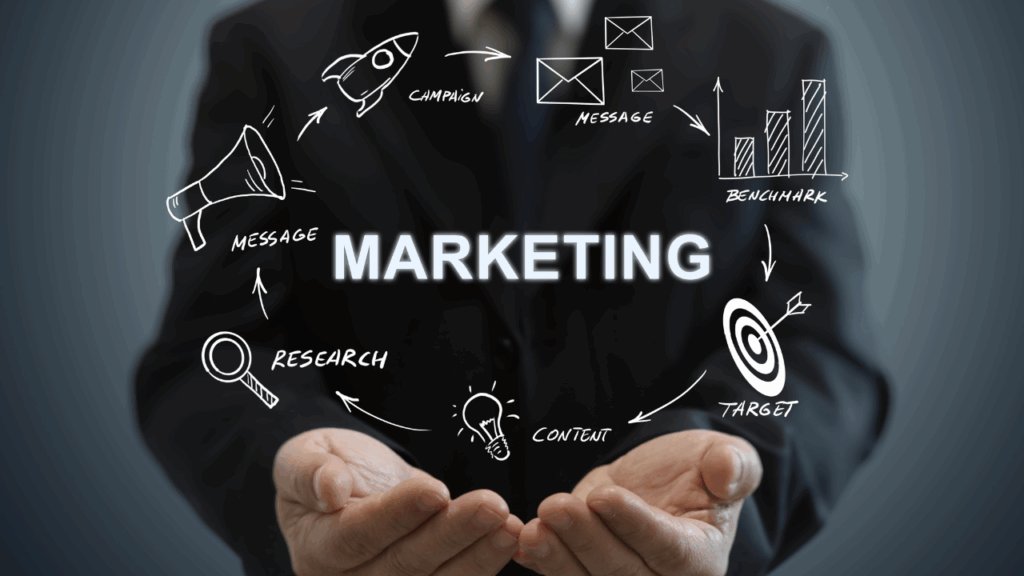
Why Your Business Needs Vibe Marketing Now
Vibe marketing isn’t just another trend; it’s how brands will thrive in an increasingly noisy and competitive market. By leading with emotions, backed by data-driven insights, you can create a marketing strategy that doesn’t just attract attention but earns loyalty.
The tools are accessible. The techniques are proven. All that’s left is to define your vibe and execute with creativity and authenticity.
If you’re ready to transform your campaigns and stand out in the marketplace, start exploring vibe marketing tools and strategies today.
